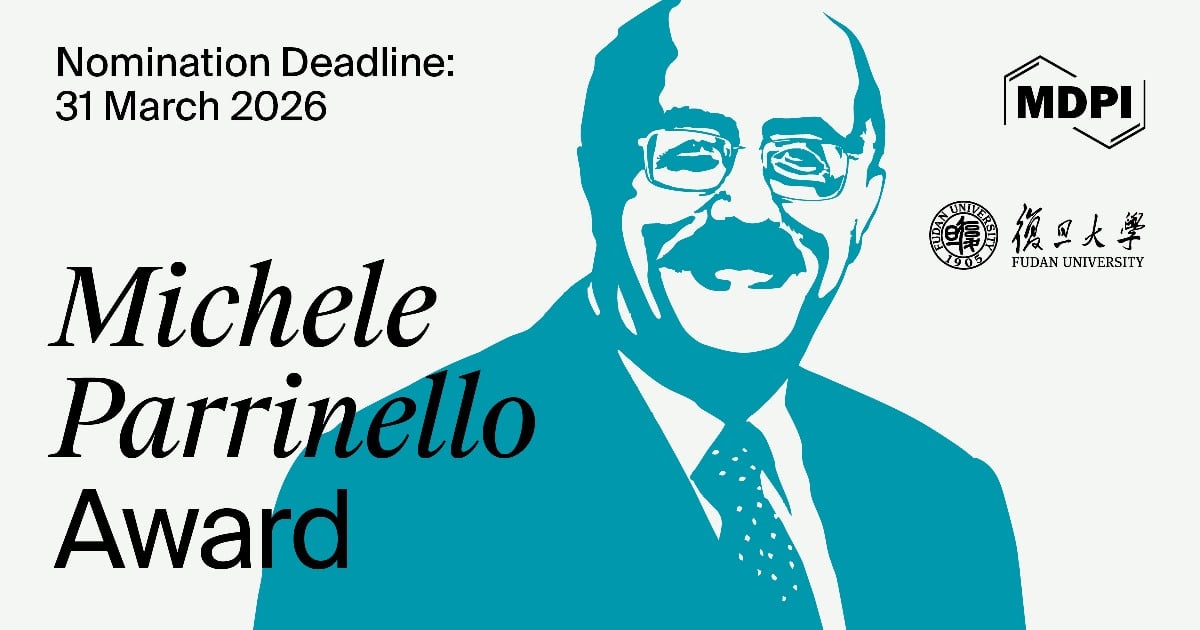-
 A Review of Glass Substrate Technologies
A Review of Glass Substrate Technologies -
 BTI Aging Influence Analysis and Mitigation in Flash ADCs
BTI Aging Influence Analysis and Mitigation in Flash ADCs -
 Deep Learning Study on Memory IC Package Warpage Using Deep Neural Network and Finite Element Simulation
Deep Learning Study on Memory IC Package Warpage Using Deep Neural Network and Finite Element Simulation -
 Highly Versatile Photonic Integration Platform on an Indium Phosphide Membrane
Highly Versatile Photonic Integration Platform on an Indium Phosphide Membrane -
 On Standard Cell-Based Design for Dynamic Voltage Comparators and Relaxation Oscillators
On Standard Cell-Based Design for Dynamic Voltage Comparators and Relaxation Oscillators
Journal Description
Chips
- Open Access— free for readers, with article processing charges (APC) paid by authors or their institutions.
- High Visibility: indexed within Scopus and other databases.
- Rapid Publication: manuscripts are peer-reviewed and a first decision is provided to authors approximately 23.3 days after submission; acceptance to publication is undertaken in 4.2 days (median values for papers published in this journal in the first half of 2025).
- Recognition of Reviewers: APC discount vouchers, optional signed peer review and reviewer names are published annually in the journal.
- Companion journal: Sensors.
- Journal Cluster of Electronic Engineering and Hardware Systems: Chips, Electronics, Hardware, Journal of Low Power Electronics and Applications, Microelectronics and Microwave.
Latest Articles
Highly Accessed Articles
Latest Books
E-Mail Alert
News
Topics
Deadline: 6 January 2026
Deadline: 30 April 2026
Conferences
Special Issues
Deadline: 31 December 2025
Deadline: 31 December 2025
Deadline: 31 December 2025
Deadline: 30 April 2026





























